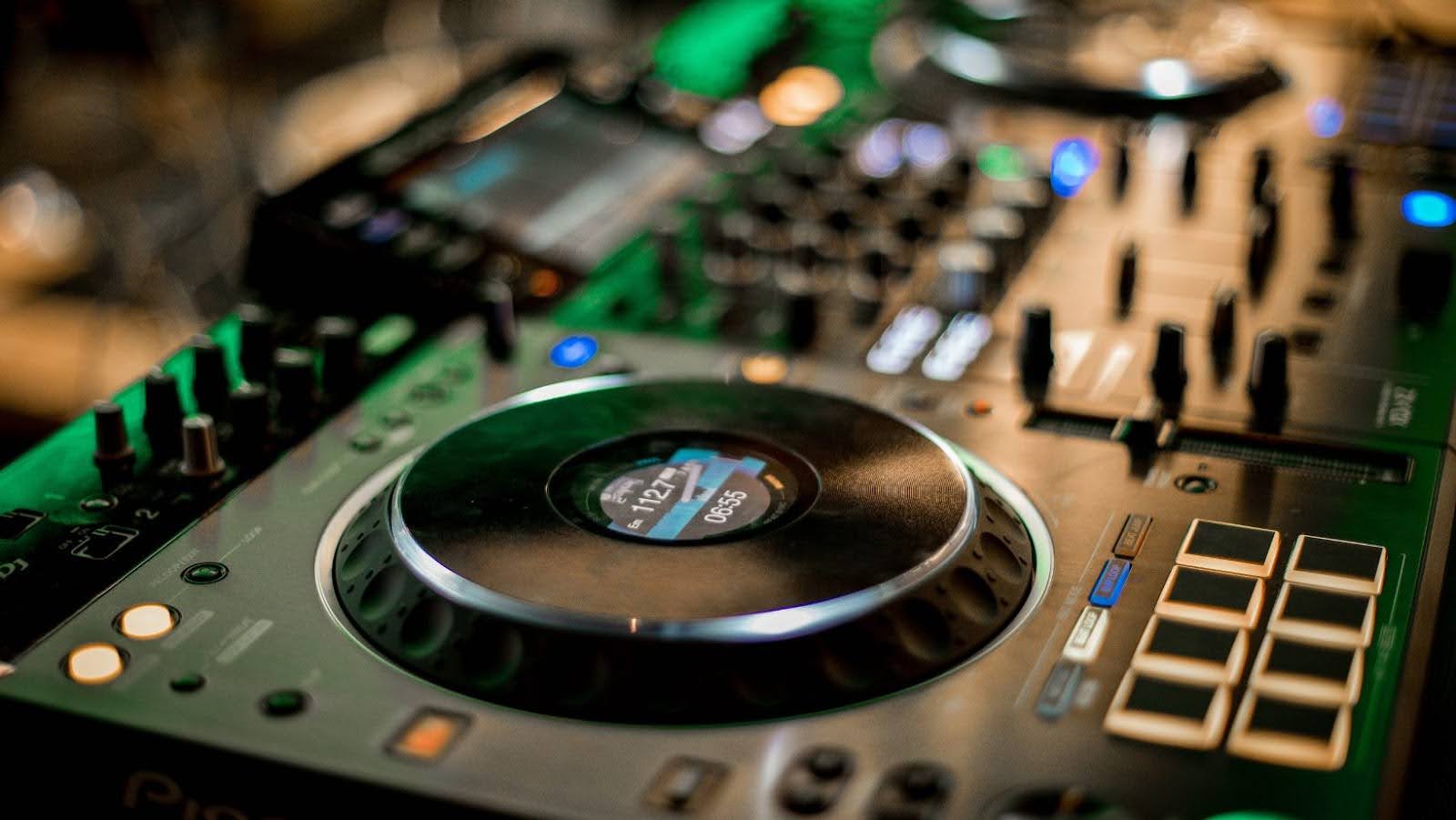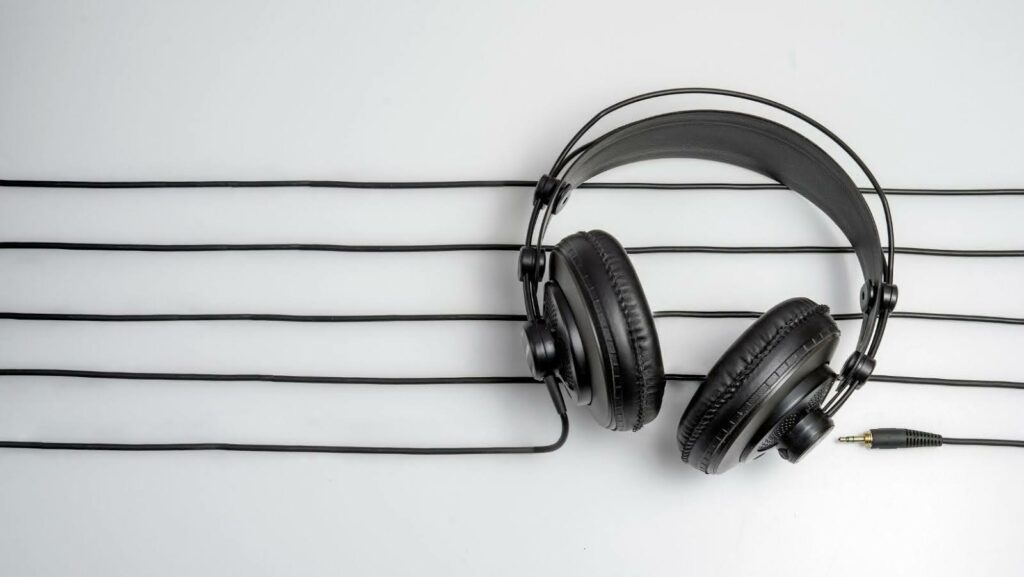The Univibe pedal is one of the few effects in the world of music with such historical and creative importance. This groundbreaking device was first designed in the 1960s and was instrumental in shaping the sound of psychedelic rock and beyond. The sound it made became the hallmark of countless legendary guitarists – rich swirling tones that feel like an essential part of a musician’s toolbox for creating unique textures. The story of the Univibe pedal is one that starts humble and continues in the same enchanting way as the sound it produces.
The Birth of an Icon
The Univibe pedal was made in an era of musical experimentation. In the mid-1960s, Japanese engineer Fumio Mieda, working for Shin-ei, tried to reproduce the lush modulation of a Leslie rotary speaker in a compact form. The result was not a perfect emulation of a rotary speaker, but a wholly original effect, blending chorus and vibrato into a hypnotic swirl. It was an innovative creation which gave guitarists a sound that was both familiar and otherworldly.
Psychedelic Rock’s Perfect Match
The late 1960s saw music undergoing seismic shifts, as bands ventured into sound regions uncharted prior. The tone of the Univibe pedal was correctly a strange flowing kind of thing accurately reproducing the very essence of the psychedelic movement itself.

The genre’s knack for creating deep soundscapes allowed guitarists to create an impression of sense and movement of space. It has a deep throbbing rhythm which gives its music an emotional component, hence songs from the era were able to make a difference beyond the extent of connecting music with traditional rock boundaries.
Jimi Hendrix and the Univibe Revolution
Any discussion of the Univibe pedal would be incomplete without mentioning Jimi Hendrix. Hendrix was widely regarded as one of the most innovative guitarists of all time and famously used the Univibe to play unforgettable gigs. One track that really demonstrated what the pedal was capable of was “Machine Gun,” in which the pedal injected depth and drama that, even without the pedal, was nearly enough to fuel a revolution. By using the effect, Hendrix elevated its status from a niche tool to a must-have for guitarists seeking to go beyond the boundaries of their instrument.
David Gilmour’s Sonic Landscapes
Hendrix helped blaze trails with the Univibe, but other artists such as Pink Floyd’s David Gilmour did as well. The pedal was used by Gilmour to mix ethereal textures with elements from the introspective, expansive band compositions. He showed a careful application of the effect, which proved it could belie cosmic grandeur or quiet introspection.
Evolution Through the Decades
During the 1970s, the Univibe pedal attracted musicians of all genres. The unmistakable sound of the instrument found its way into blues, funk and progressive rock, fitting in comfortably to emerging musical tastes. But when digital technology came in the 1980s, analog effects such as the Univibe lost their popularity. While the pedal’s popularity waned, its legacy remained.
The Resurgence of Analog
Vintage gear was in again during the 1990s and the Univibe pedal had a renaissance. Others took the original design and modernized it, while boutique manufacturers started producing faithful recreations of the original design.

At the time, not only was the digital format seemingly incapable of mimicking organic, analog tones, this resurgence coincided with the rise of alternative rock and a desire for analog that digital effects couldn’t approximate.
A Legacy That Resonates
The route of the Univibe pedal shows how music is always changing. However, its origins in the 1960s and continued use into the 21st century, underline the force of uniqueness and inventiveness. As long as musicians will find new ways to express themselves, the Univibe’s hypnotic beauty will live on in the annals of music history.

